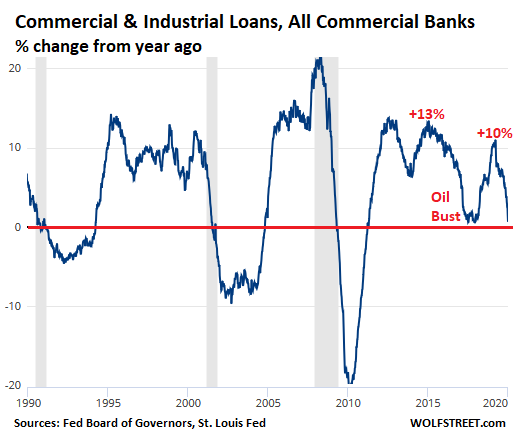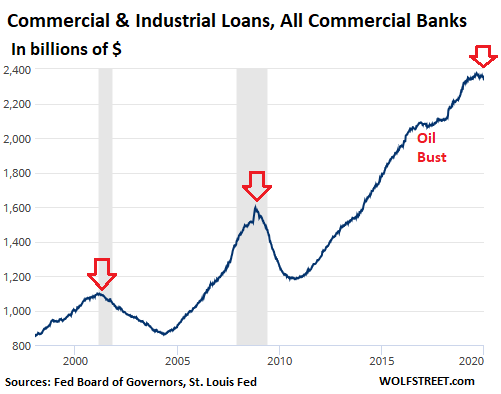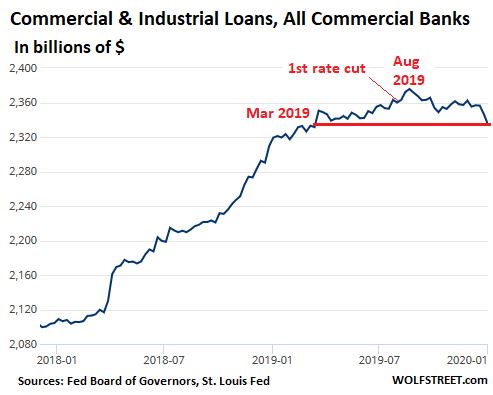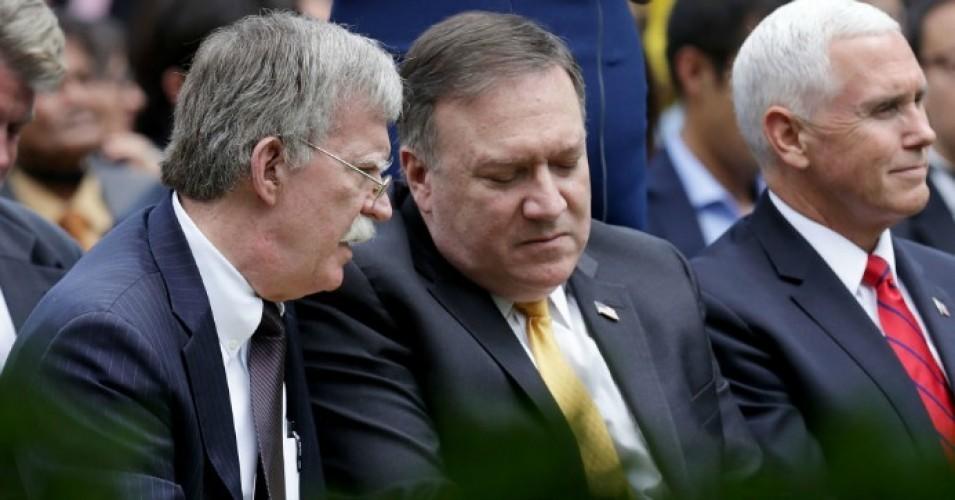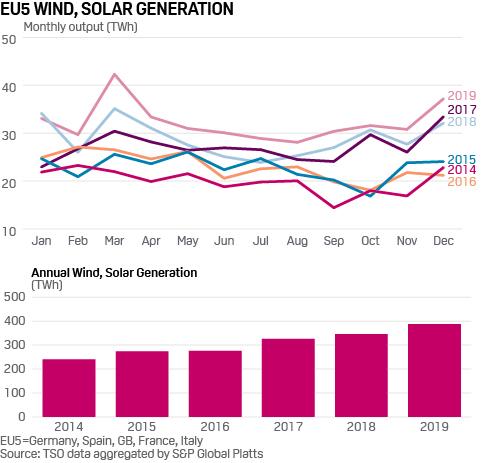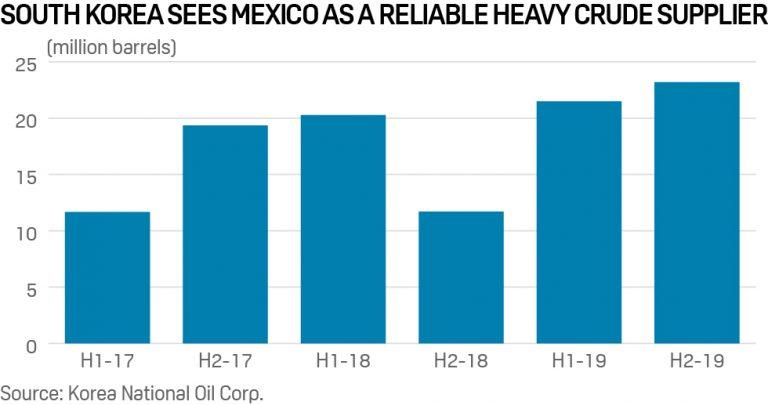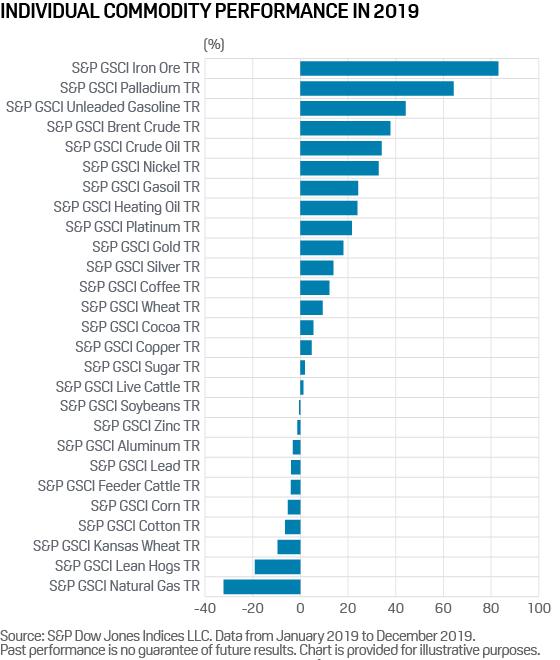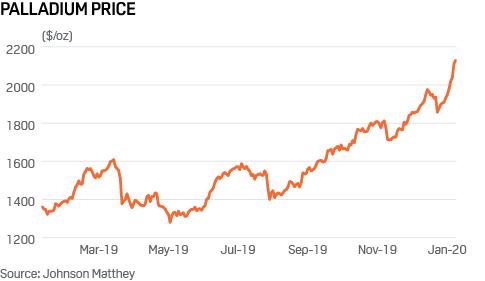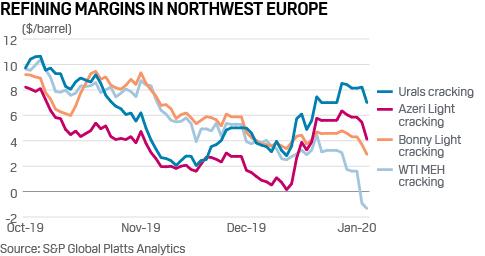97% of CFOs Believe A Recession Is Coming In 2020, Survey
Authored by Mac Slavo via SHTFplan.com,
Ninety-seven percent of CFOs (corporate financial officers) surveyed in a new poll believe that the United States will be in recession by the end of 2020.
Eighty-eight percent of CFOs represented in the survey work at companies generating greater than $1 billion in annual revenue.
Corporate financial officers are forecasting an impending economic downturn, according to a new survey of around 150 chief financial officers conducted by the consulting firm Deloitte. In its CFO Signals report covering the last quarter of 2019, Deloitte found that 97 percent of CFOs queried believe either an economic slowdown or recession will occur before the end of 2020. This is up from 88 percent one year ago. –Newsweek
According to a report by Newsweek, by the end of 2018, many CFOs surveyed “began to cite external factors” such as trade policy “over internal factors as the dominant constraint on their companies’ performance,” the report noted. And increasing concerns about a reversal of the longest economic expansion in U.S. history come amid related anxieties about Trump administration policies that may be hampering growth.
The external risk most frequently cited by CFOs in the survey was a combination of trade policy and tariffs.
The second-most cited external risk is political turmoil and general instability. Companies are also growing increasingly worried about upcoming election. While the impact of the 2020 election was only cited by a relative handful of respondents, its placement on the chart has moved substantially upward since the third quarter of 2019. –Newsweek
The CFOs surveyed expect very low interest rates and 10-year bond yields. They again expect a strong U.S. dollar as well in the upcoming year. At the same time, consumer and business spending expectations have fallen; CFOs are less likely to expect higher industry revenue and prices, according to the press release at PRNewsWire.
Expectations for a U.S. economic downturn have risen since earlier this year, with 97% of CFOs saying that a downturn in the economy (a slowdown or a recession) has already begun or will occur by the end of 2020. That’s up quite a bit from the 88% reported in 1Q19. Overall, 12% of CFOs say they believe a downturn has already commenced, and 14% say they already see signs of a downturn in their company’s operations.
“Compared to early 2019, companies appear to be taking more defensive actions related to downturn expectations — particularly around reducing spending and limiting or reducing headcount. While CFOs expect some form of U.S. downturn by the end of 2020, the good news is that expectations of a full-blown recession have fallen sharply since 1Q19.” – Sanford Cockrell III, national managing partner of the U.S. Chief Financial Officer Program, Deloitte LLP
Perhaps this explains why one of the market’s most important pillars of support – buybacks – have suddenly collapsed?
Tyler Durden
Mon, 01/13/2020 – 14:00
via ZeroHedge News https://ift.tt/2NoYKpP Tyler Durden



